Key Takeaways
Table of Contents
Understanding Low Frequency Oscillators (LFOs)

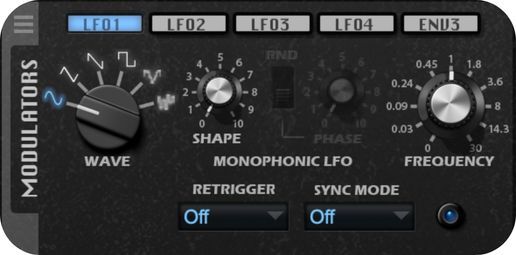
What is an LFO?
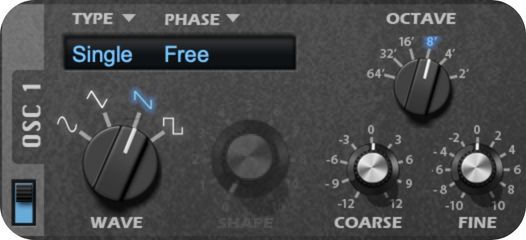
LFO vs Audio Oscillator
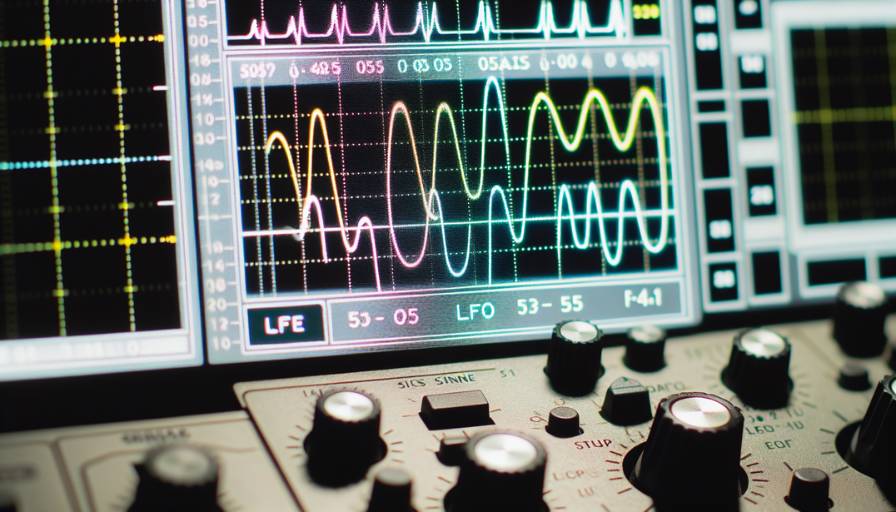
LFO Parameters: The Building Blocks for Modulation

Wave Shapes
Rate and Depth

Routing Options

Creative Applications of LFOs in Music Production
Evolving Pads and Soundscapes

Rhythmic Patterns and Pulsating Basslines
Stereo Panning and Movement
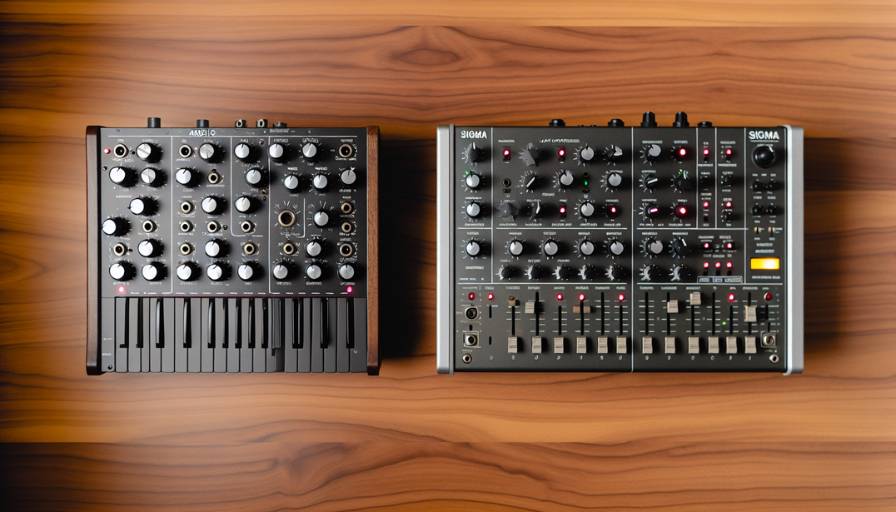
LFOs in Synthesizers: Analog vs Digital
Analog Synths
Digital Synths

LFOs in Effects Processing
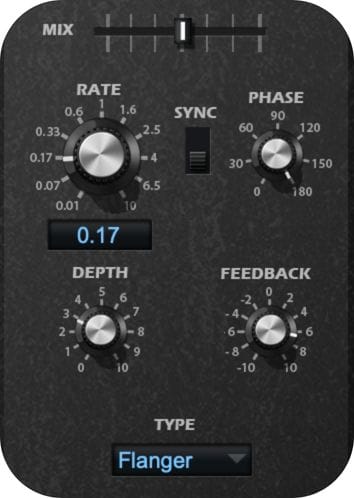
Chorus and Flanger
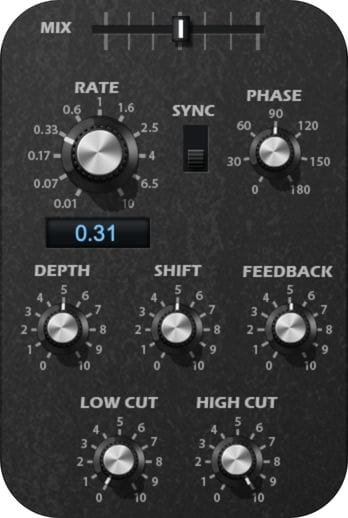
Phaser and Tremolo
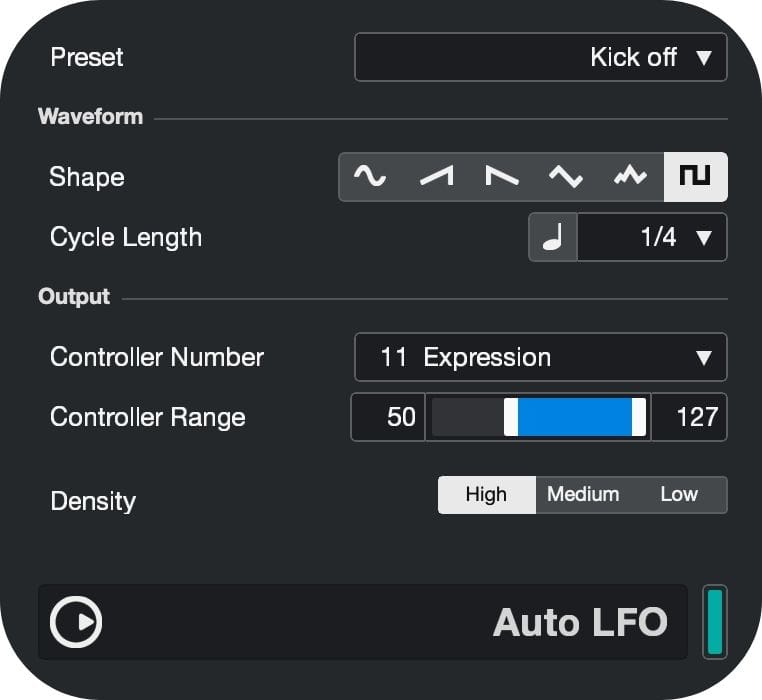
Mastering LFO Techniques in Steinberg Cubase
Modulating Parameters in Steinberg Cubase
Working with Multiple LFOs

Summary

Frequently Asked Questions
About the Author
Max Porcelli
Steinberg Certified Trainer, DJ, and Producer with 29 years of experience. He owns 989 Records, an Electronic Music Label based in Italy. Every Saturday he hosts an exciting Radio Show called 989 Records Radio Show on air on Patchouli Deep Radio, London.
Write your awesome label here.







